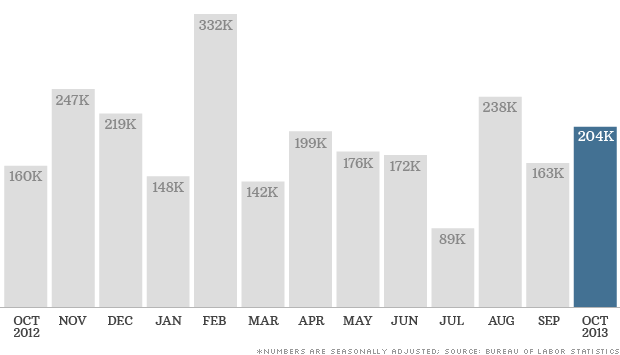Article: As wealthy cinch the purse, holiday spending slides
Author: Steve Liesman
Date of article: Friday, 13 Dec 2013
News Source: CNBC
This
article discusses the importance of Christmas spending to the well being of the
economy. As we all know, most of us tend to spend much more money during the
holidays than any other time of year and this occasional, annual burst in spending
is great for the current and upcoming fiscal year. But the article takes a
quick spin, saying “The CNBC All-America
Economic Survey paints a contradictory portrait of consumers and of their
finances, and willingness to spend ahead of the critical Christmas shopping
season.”
Even though spending is down, the
survey also showed that people are quite optimistic about stocks, inflation and
wages. This is nice to see after the slum that our economy had been for some
time. Yet “On the other hand, the survey of 800 people nationwide predicts a
sharp, 9.4 percent drop in holiday spending this year compared with actual
outlays a year ago as measured by the National Retail Federation. Americans
plan to spend just $681 this holiday season, about on par with 2009, when the
nation was clawing its way out of a deep financial crisis.”
Further reading concludes that this
drop in Christmas spending is due to a sharp decline in spending by the
wealthy.” Those with incomes above $100,000 plan to lay out $300 less than they
did last year, undoing two years of strong gains. But more broadly, overall
sentiment about the economy remains muted and incomes severely challenged.
There's even evidence that the imbroglios in Washington had a depressing effect
on holiday spending.” Essentially, because the rich are spending less,
the poor are spending much less in fear of another recession.
Just 15
percent of the public rate the economy as excellent or good, a substantial gain
from 4 percent during the recession that began in 2008 but still well below the
26 percent who thought the economy was in good shape in 2007.Meanwhile, 83
percent rate the economy fair or poor. A quarter of those who will spend less
this year say it's because their income is lower; 22 percent report that it's
because the economy is in bad shape.
“But
overall optimism on the economy remains subdued. Just 26 percent say the
economy will get better next year. A year ago, attitudes were more buoyant,
with 37 percent thinking the economy would improve.” Although, people
are more optimistic about the economy’s bounce back than they were before, the
recession really lost some its followers and it’s unclear if people will ever
have the confidence they once had with their money.


